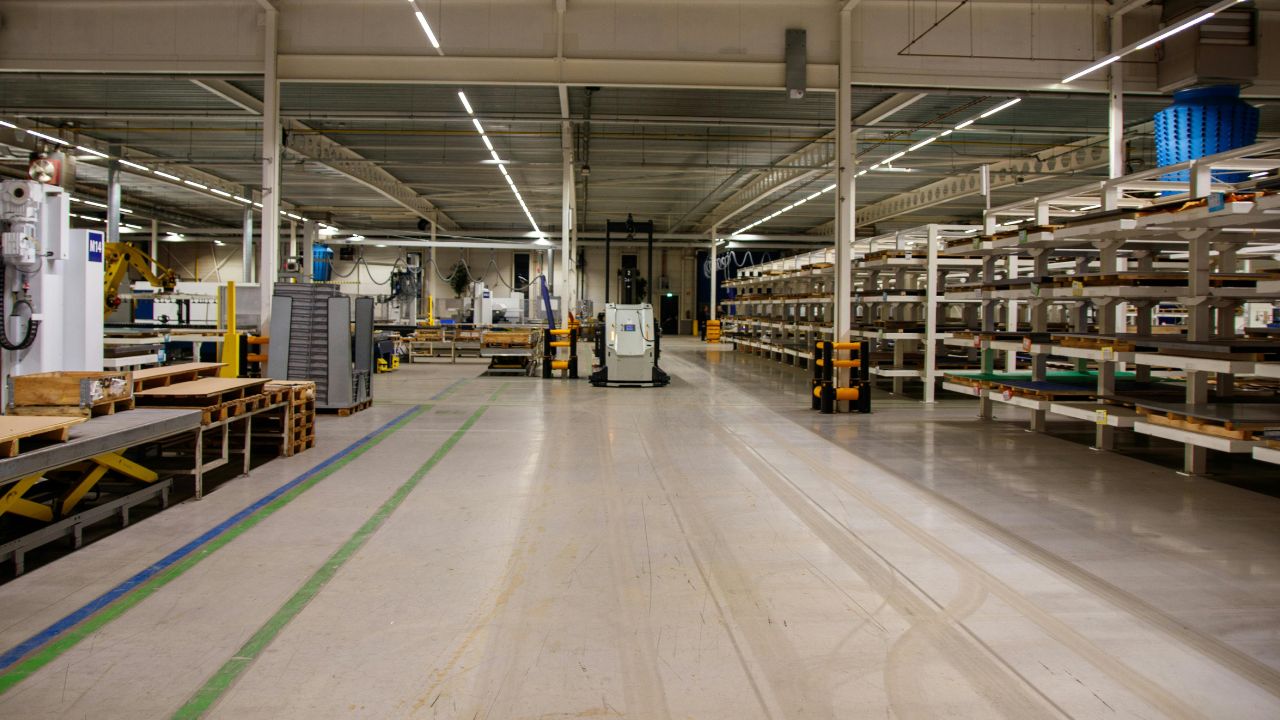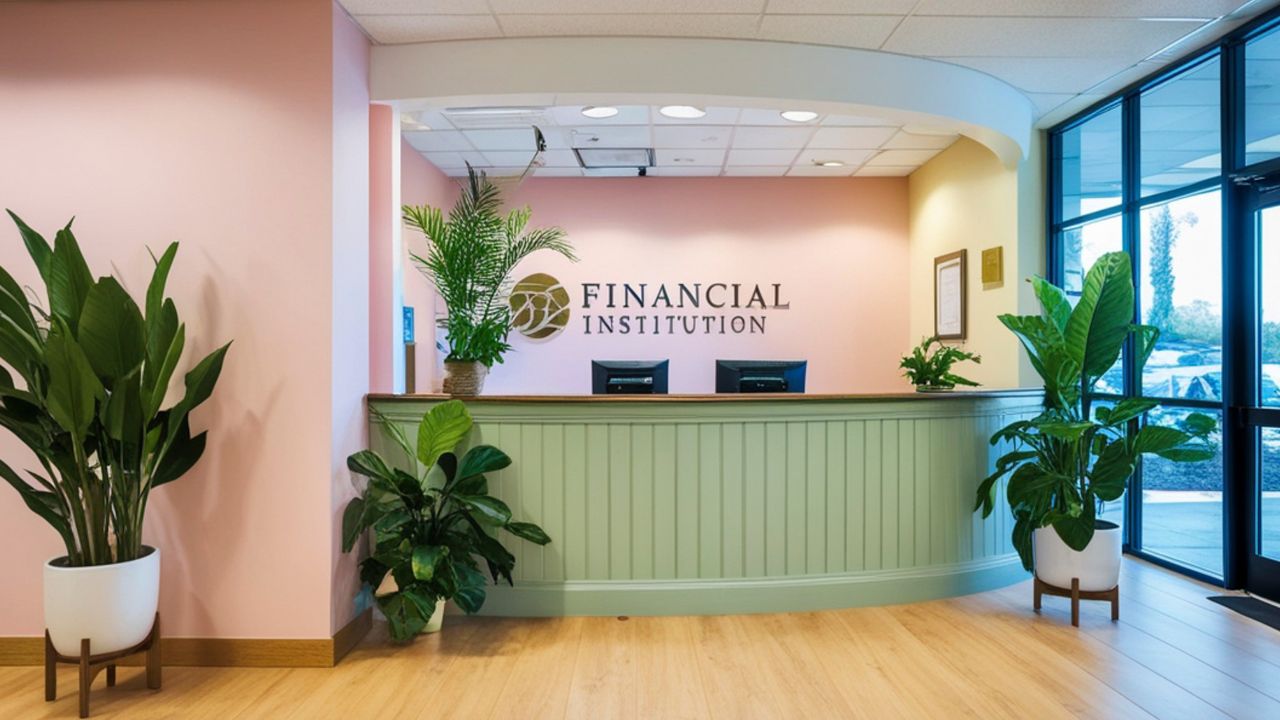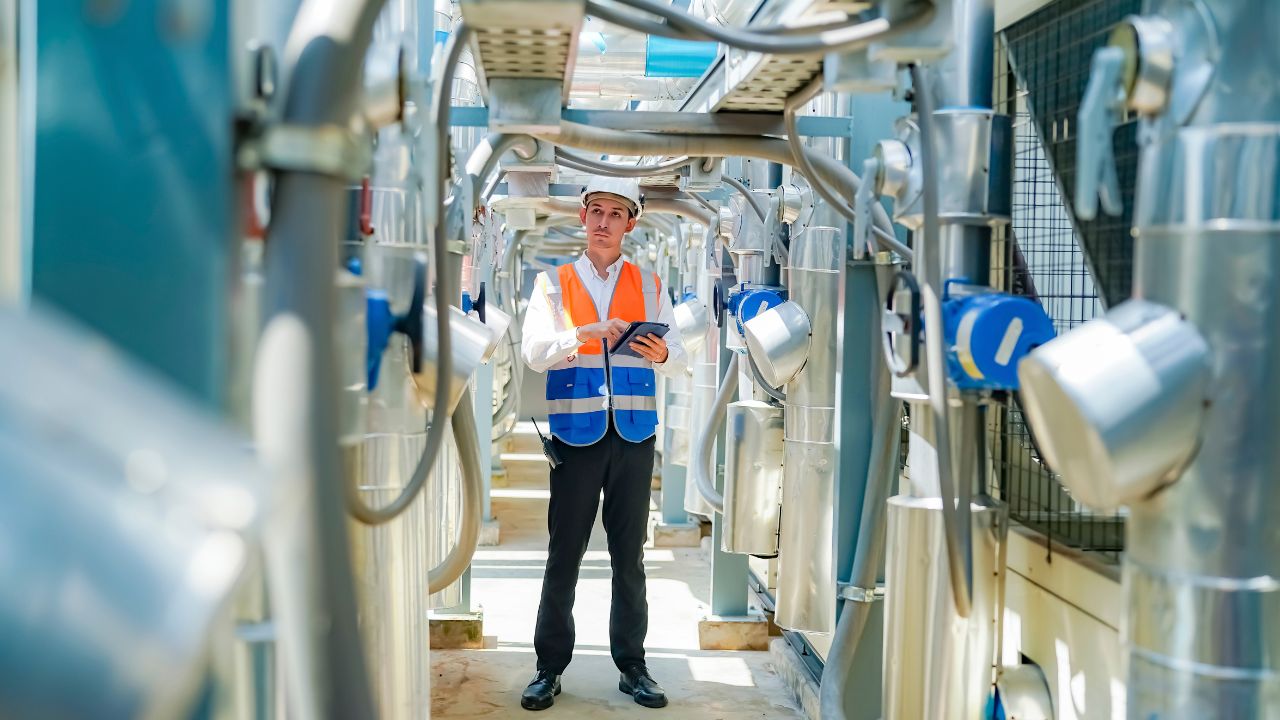Top Facilities Management Trends & Challenges in 2025
Facilities management has never been a static field. Those responsible for maintaining buildings, keeping operations efficient, and delivering safe environments are constantly pulled in new directions. What worked five years ago barely scratches the surface today, and 2025 will demand even sharper thinking and faster adaptation.
Several shifts are reshaping the way facility professionals plan, prioritize, and execute their work. Some changes feel familiar but come with sharper edges, while others bring completely new expectations.
Here’s a close look at what’s ahead — and the hurdles likely to test even the best teams.
Technology Fatigue Hits Hard
Smart building technologies promised efficiency, cost savings, and convenience. Over the past few years, facility managers rushed to install IoT sensors, cloud-based systems, and AI-driven analytics tools. By 2025, enthusiasm has worn thin for many.
Facility teams are overwhelmed with constant updates, patchwork integrations, and rising subscription costs. Instead of making jobs easier, these systems sometimes create additional layers of complexity. Many managers are stuck juggling multiple dashboards, vendor support tickets, and compatibility issues with legacy infrastructure.
Smarter tech isn’t the only goal anymore. Now, teams want tech that feels invisible — simple, reliable, and tightly aligned with core operations. The pressure to prove ROI on every new tool has never been higher.
Energy Regulations Turn Up the Heat
New energy efficiency mandates are tightening fast, especially in states and cities pushing aggressive climate goals. Facility managers find themselves squeezed between rising energy costs and strict emissions reporting requirements.
Retrofits that once could be deferred are now urgent. HVAC upgrades, better insulation, automated lighting, and renewable energy installations have shifted from “nice-to-haves” to non-negotiables. Those who ignore these updates face fines, penalties, and reputation risks.
A recurring complaint across the industry: too few contractors know how to retrofit old commercial properties quickly and cost-effectively. This talent gap adds stress to already strained project schedules.
Labor Shortages Reshape Service Models
The shortage of skilled tradespeople isn’t easing up in 2025. Electricians, plumbers, HVAC specialists, and building engineers are in short supply almost everywhere. Retirements outpace new entrants, and training pipelines remain thin.
Facility leaders are turning to creative solutions:
- Cross-training maintenance staff across multiple specialties
- Investing in remote monitoring to reduce emergency callouts
- Leveraging temporary staffing services for reactive coverage
Reliability and response times are suffering across the board. Vendors with strong reputations for retaining talent can practically name their price.
Flexible Work Demands Redesigns
Office occupancy patterns are no longer predictable. Hybrid schedules mean some floors sit empty several days a week, while conference rooms overflow on others.
Facility managers spend more time reconfiguring workspaces, adjusting cleaning schedules, and redesigning access control strategies. Many organizations are reducing total square footage but upgrading shared spaces for better collaboration and employee experience.
Leases are getting shorter. Space planning feels less about permanent fixtures and more about adaptable zones that can change with minimal downtime.
Furniture vendors who specialize in modular, mobile designs are thriving, while traditional office furniture suppliers struggle to stay relevant.
Cybersecurity Pressures Mount Inside Buildings
Cyberattacks aimed at building systems used to seem rare. No longer. Smart HVAC controls, access systems, and connected lighting now represent real targets for hackers.
Facility managers are being pulled into IT territory whether they like it or not. They must work closely with cybersecurity teams to ensure every connected device is properly secured, patched, and monitored.
Vulnerabilities in older equipment pose serious risks. A single compromised HVAC controller, for example, can open a pathway into an organization’s entire network. Budgeting for cybersecurity upgrades on non-IT systems is a new, unwelcome line item.
Indoor Air Quality Stays Top of Mind
Interest in indoor air quality (IAQ) surged during the pandemic and shows no signs of fading. Employees, tenants, and customers continue to expect clean, well-ventilated spaces.
Basic HVAC maintenance no longer satisfies most stakeholders. Facility teams are expected to provide real-time air quality data, invest in upgraded filtration systems, and, when necessary, deploy supplemental air cleaning technologies like UVGI or bipolar ionization.
Balancing IAQ improvements with energy efficiency goals creates a tricky balancing act. Higher ventilation rates can spike heating and cooling costs unless compensated by smart systems and better building envelopes.
Budget Squeeze Challenges Creativity
Inflationary pressures are hammering facilities budgets. Material costs remain high, subcontractor prices are up, and many organizations have not fully restored pre-pandemic maintenance budgets.
Facility leaders are asked to do more with less, which often translates into deferred maintenance, piecemeal upgrades, and stretched-out project timelines.

Some teams are prioritizing projects based strictly on risk reduction rather than return on investment:
- Leak-prone roofs
- Crumbling facades
- Outdated fire suppression systems
Aesthetic upgrades and non-critical retrofits are getting shelved indefinitely. Vendor negotiation skills matter more than ever. Locking in multi-year service agreements and pre-purchasing critical materials have become smart survival strategies.
Environmental, Social, and Governance (ESG) Reporting Becomes Operational
Facility management is no longer invisible in corporate ESG reporting. Companies face mounting pressure to prove they are reducing emissions, promoting wellness, and ensuring responsible sourcing.
Facilities data must now feed into broader ESG dashboards. Energy consumption, waste diversion rates, water usage, and indoor environmental quality metrics are tracked with a level of scrutiny that few facility managers anticipated.
Missed targets can trigger penalties tied to executive bonuses or invite shareholder backlash. Facility managers must collaborate tightly with sustainability teams and be ready to explain every data point during audits.
Aging Infrastructure Poses Silent Risks
Much of the country’s commercial building stock is aging rapidly. Systems installed during the construction booms of the 1980s and 1990s are nearing end-of-life.
Old elevators, plumbing systems, electrical panels, and building facades often hide serious vulnerabilities. Deferred upgrades due to budget constraints only compound these risks.
Building owners may not always grasp the magnitude of the problems lurking inside their assets. Facility managers find themselves acting as both educators and advocates, explaining why preventive investments are cheaper than catastrophic failures.
Tenant and Occupant Expectations Keep Rising
Tenants, employees, and customers expect faster service, better amenities, and seamless experiences. Tolerance for building-related issues like slow repairs, uncomfortable temperatures, or glitchy access systems is lower than ever.
Facility teams must respond faster, communicate better, and anticipate needs before complaints arise. Digital ticketing platforms, proactive maintenance notifications, and user-friendly mobile apps are becoming essentials, not extras.
Word-of-mouth travels quickly. Buildings with strong reputations for maintenance and occupant satisfaction hold a competitive advantage in a tight leasing market.
That’s why more organizations are turning to National Facility Contractors—trusted by facility leaders nationwide to help tackle workforce gaps, aging infrastructure, and complex compliance challenges with scalable, dependable support. Let’s solve your facility challenges today.
Conclusion
2025 isn’t easing up—it’s accelerating the pressure on facilities teams. Between regulatory mandates, rising costs, talent shortages, and aging buildings, today’s facility managers must juggle more responsibilities than ever with fewer resources at their disposal.
Staying ahead means more than just reacting to problems. It takes proactive strategy, flexible planning, and reliable partners who understand the stakes. As expectations evolve, the facilities that thrive will be those that adapt quickly and execute consistently.
If your team is facing these same pressures, now’s the time to build the right support system. The future of facilities management doesn’t wait.






